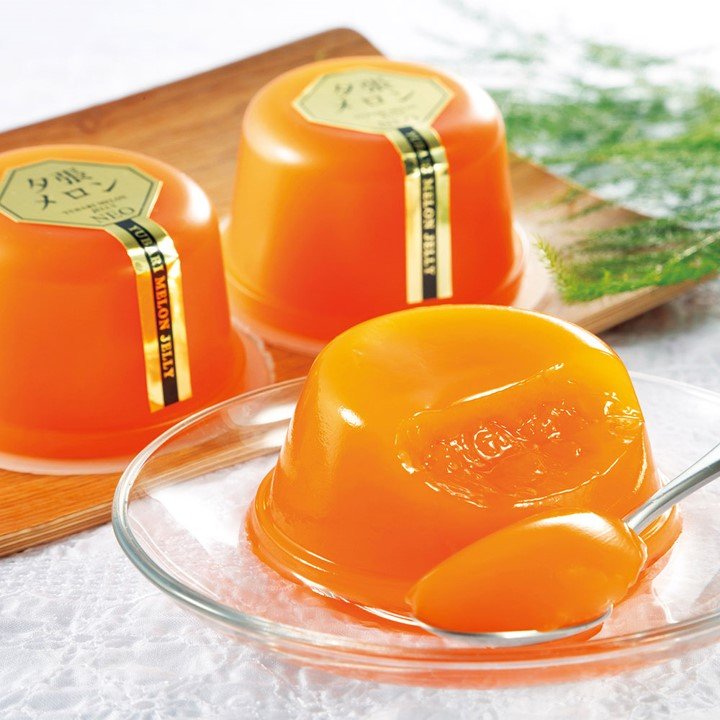Description
Fresh edamame is rare to find in Singapore. But we are offering ones from Shizuoka. It is called "Komame". Thanks to the warm yearly sunlight in Shizuoka, fresh edamame is raised throughout the whole year. In order to keep the freshness, the branch / twig comes with the beans. Also, because its premium quality, this type of edamame is also used at classic restaurants. Compared to frozen edamame of Taiwan or Thailand, beans are small yet all the umami is packed inside.
Edamame, in general, is soy beans (soya beans) harvested before the completely matured.
Because they are harvested with "stems" (Eda in Japanese), they are called "edamame", which literally means soy beans with stems. They are roughly 3 types: 1. Ao-mame, 2. Cha-mame, and 3. Kuro-mame.
1. Ao-mame (Green Beans)
This is the most commonly recognized type; edamame in green colour.
The main place of origin is Chiba, Hokkaido. But thesedays, it is grown in all over the place.
The taste is simple and refreshing.
2. Cha-mame (Brown beans)
This is the type with the great flavor and richness of soy itself. It is the edamame with slightly brown shell and / or brown fuzz on the surface of the shell.
They are mainly grown in northern part of Japan from Kanto area up to Tohoku.
3. Kuro-mame (Black beans)
Kuromame is literally the black beans. The same type that you usually see in Osechi dish in New Year. This type of edamame is mainly grown in Tanba, Hyogo prefecture. The flesh is large in size.
The taste and flavor are beyond description. It is pity the shipping period is very limited.
Why Fresh (raw) Edamame with shell is better than Frozen edamame?
Fresh Edamame tastes way better than frozen:
While most of the frozen edamame in the market is from China, Thailand, or Taiwan, it tastes more "watery" and less "umami" taste than fresh edamame.
Although it takes more effort to prepare, the freshly boiled edamame tastes much better and the difference is obvious.
Is Edamame healthy?
Also known as "farm's meat", it contains much nutrition; mainly protein but also dietary fibre, Vitamin B1, B2, folic acid, iron, and potassium.
People may wonder if it contains too much sugar, it only contains 1/3 of what's contained in boiled sweet corn or broad beans.
Processed in:
Shizuoka
Spec:
200g x2
Ingredients:
-
Preserve method:
To preserve the quality of the product, avoid direct sunlight/ places with high heat and humidity.
Note:
How to cook the best recipes:
Normal Way:
Ingredient:
- edamame with shell ... 250g
- water ... 1L
- salt ... 40g (about 2 tbsp)
Recipe:
1. Cut the tip of each edamame. So that the salted water can go in side to make it taste nice and salty.
2. Prepare edamame in a bowl. Add 1/2 tbsp of salt and using hands, massage so that salt is absorbed inside edamame.
3. Prepare water, add the other 1/2 tbsp of salt and start boiling.
4. When it starts boiling, add the salted edamame.
5. Altough it will stop boiling when cold edamame is added, when you see the boiling once again, lower the heat. And let it heat for 4 to 5 minutes.
6. Do somtimes mix with chopsticks.
Farmer's way:
Ingredient:
- edamame with shell ... 250g
- water ... 1 cup of water (200cc)
- salt ... 1 tbsp
Recipe:
1. Cut the tip of each edamame. So that the salted water can go in side to make it taste nice and salty.
2. Prepare edamame in a bowl. Add 1/2 tbsp of salt and using hands, massage so that salt is absorbed inside edamame.
3. Prepare a pan and add water and the salted edamame.
4. Let it heat (high) until it starts boiling.
5. When it starts boiling, lower the heat (mid heat) and put the pan cover. Heat for 4.5 minutes.
6. After 4.5 minutes, uncover the cap. Let it heat (high heat) until all water is evaporated.
7. Move into a bowl of net and let it dry in air.



Recommeded









![[19-20th Apr Delivary] Kochi Premium Melon - Tokyo Fresh Direct](http://tokyofreshdirect.com/cdn/shop/files/19-20th-apr-delivary-kochi-premium-melon-764650.jpg?v=1712301701&width=1200)